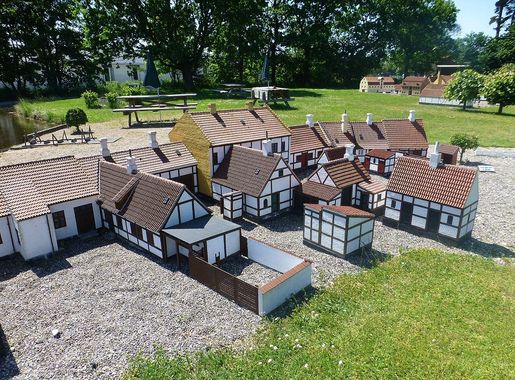
Køge: Denmark's Coastal Gem
Explore Køge, Denmark's coastal gem, with its medieval charm, beautiful marina, and close proximity to the stunning Stevns Klint UNESCO World Heritage site.
Køge, a charming town located on the Danish coast, offers a delightful blend of rich history and modern charm. Known for its well-preserved medieval architecture, Køge's old town is a picturesque setting with cobblestone streets and half-timbered houses. The town square, Køge Torv, is one of the largest and oldest in Denmark, providing a perfect spot to soak in the local atmosphere. History enthusiasts will appreciate a visit to Køge Museum, which showcases the town's rich heritage, and the nearby Kjøge Miniby, a miniature model of the town as it appeared in 1865. Art lovers should not miss the KØS Museum of Art in Public Spaces, which presents intriguing exhibitions on public art and its impact on society. Køge's coastal location also offers various outdoor activities. The Køge Marina is a popular spot for sailing and fishing, while the nearby beaches provide opportunities for sunbathing and swimming. The town is also a gateway to the Stevns Klint UNESCO World Heritage site, known for its stunning cliffs and geological significance. Whether you're exploring its historical sites, enjoying the seaside, or simply wandering through its quaint streets, Køge promises a memorable experience for every traveler.
Local tips in Køge
- Visit Køge Torv on a Wednesday or Saturday to experience the local market.
- Take a guided tour of Kjøge Miniby for a unique historical perspective.
- Rent a bike to explore the town and its scenic surroundings.
- Check the local event calendar for festivals and cultural events during your stay.
- Try local Danish pastries at one of the charming bakeries in the old town.
Køge: Denmark's Coastal Gem
Køge, a charming town located on the Danish coast, offers a delightful blend of rich history and modern charm. Known for its well-preserved medieval architecture, Køge's old town is a picturesque setting with cobblestone streets and half-timbered houses. The town square, Køge Torv, is one of the largest and oldest in Denmark, providing a perfect spot to soak in the local atmosphere. History enthusiasts will appreciate a visit to Køge Museum, which showcases the town's rich heritage, and the nearby Kjøge Miniby, a miniature model of the town as it appeared in 1865. Art lovers should not miss the KØS Museum of Art in Public Spaces, which presents intriguing exhibitions on public art and its impact on society. Køge's coastal location also offers various outdoor activities. The Køge Marina is a popular spot for sailing and fishing, while the nearby beaches provide opportunities for sunbathing and swimming. The town is also a gateway to the Stevns Klint UNESCO World Heritage site, known for its stunning cliffs and geological significance. Whether you're exploring its historical sites, enjoying the seaside, or simply wandering through its quaint streets, Køge promises a memorable experience for every traveler.
When is the best time to go to Køge?
Iconic landmarks you can’t miss
Comwell Køge Strand
Historic lighthouse and world-class bird observatory at Denmark’s northern tip, with sweeping sea views, immersive exhibitions, and a welcoming café.
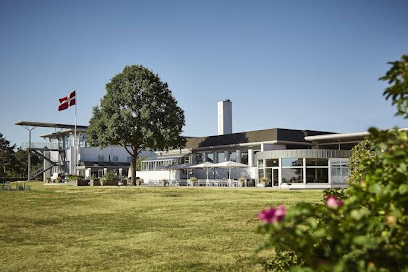
Vallø Castle
Charming teddy bear museum in Skagen with delightful themed displays, historic bear collections, and a nostalgic atmosphere for families and collectors alike.
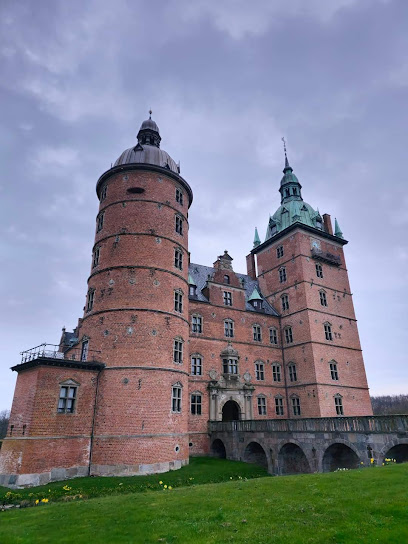
Solgårdsparken
A charming and imaginative museum in Skagen, bringing together creative dioramas, Danish legends, and a global collection of teddy bears in a delightful villa setting.
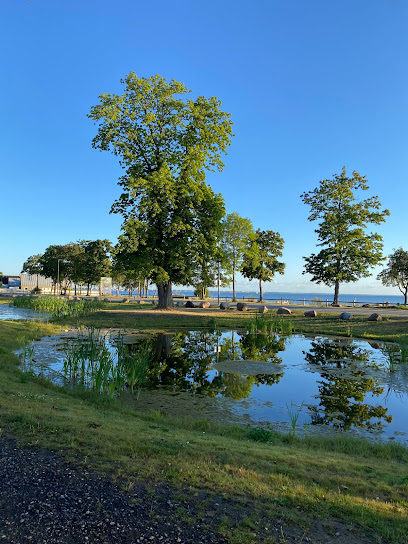
Køge Nord
Iconic 19th-century lighthouse near the tip of Denmark, famed for sweeping sea views, dramatic bird migrations, interactive exhibitions, and family-friendly café.
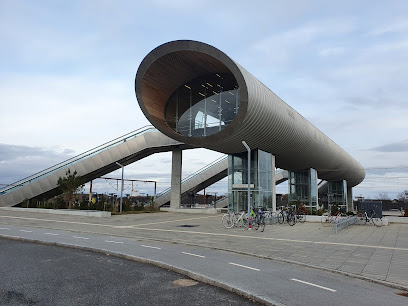
Køge Miniby
Monumental tribute in central Frederikshavn honoring Danish resistance heroes and freedom, set beside the town’s historic church and tranquil public square.
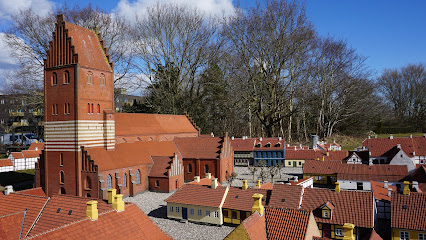
Køge Church
Discover Scandinavia's first teddy bear museum in Skagen, showcasing over 1,000 bears in charming, themed displays.
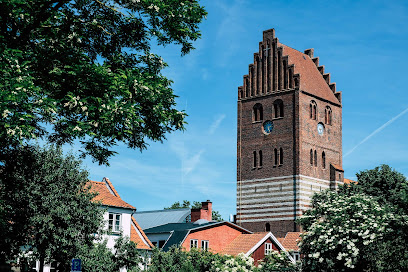
Køge Museum
Step into Skagen Bamsemuseum to explore a magical universe of teddy bears, historic dioramas, and Scandinavian charm in Denmark’s northernmost town.
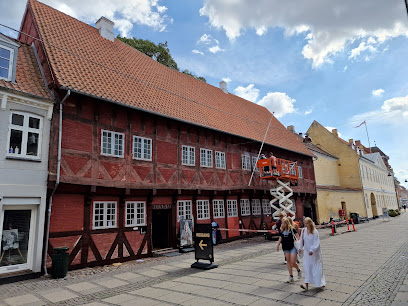
Vallø Slotskro
Explore Denmark's largest private engine collection and maritime heritage at Maskinrummet in Skagen.
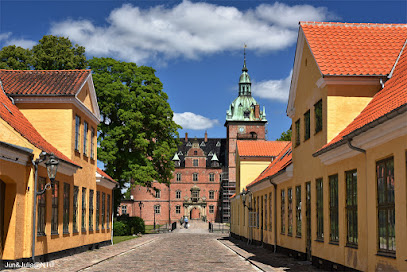
KØS Museum of Art in Public Spaces
A must-visit in Skagen, Denmark, the Bamsemuseum enchants visitors with a vast collection of teddy bears and playful exhibits, celebrating nostalgia and Danish culture.
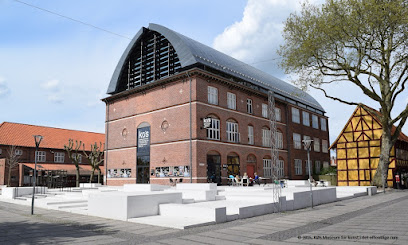
Gammel Køgegård
Discover the enchanting world of teddy bears at Skagen Bamsemuseum, a must-visit attraction in Denmark's northernmost town.
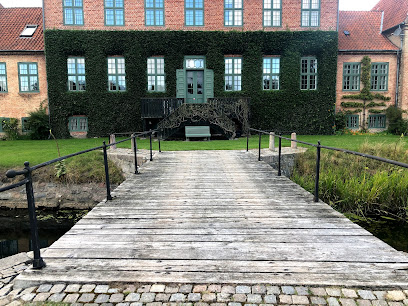
Køge St.
Experience Skagen’s iconic Det Grå Fyr, an elegant lighthouse offering breathtaking views, unique birdwatching, and local culture at Denmark’s northernmost edge.
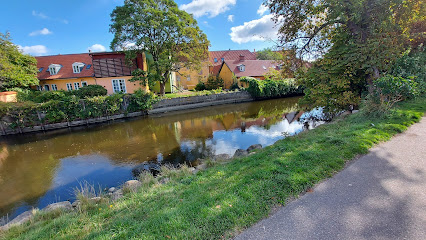
Køge Sønakke
Industrial nostalgia, marine engines, and harbor atmosphere converge at Maskinrummet—Skagen’s hands-on maritime museum celebrating seafaring heritage.
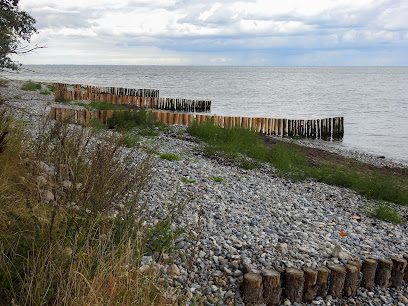
Køge Ås
Striking lighthouse at Denmark’s northern edge, offering panoramic views, interactive birdwatching, café, exhibitions, and a window into Skagen’s wild coastal nature.
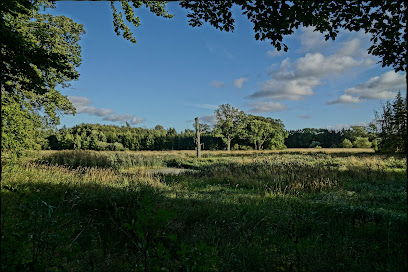
Køge Å
Explore Skagen’s maritime history with hands-on exhibits and live marine engines at Maskinrummet, an atmospheric museum in the heart of the harbour.

Køge Fælles Jord
Experience Denmark’s northernmost lighthouse, spectacular bird migration, maritime history, and sweeping views at Skagen’s iconic Det Grå Fyr—where land meets the wild North Sea.
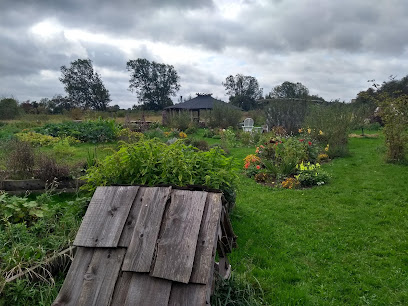
Local Phrases
-
- HelloHej
[hey] - GoodbyeFarvel
[far-vel] - YesJa
[ya] - NoNej
[ney] - Please/You're welcomeVær så god
[vær so gawd] - Thank youTak
[tahk] - Excuse me/SorryUndskyld
[oon-skeel] - How are you?Hvordan har du det?
[vohr-dan har doo deh] - Fine. And you?Godt. Og dig?
[gawd. oh di] - Do you speak English?Taler du engelsk?
[tah-ler doo eng-elsk] - I don't understandJeg forstår ikke
[yay for-stor ee-keh]
- HelloHej
-
- I'd like to see the menu, pleaseJeg vil gerne se menuen, tak
[yay vil gern-uh seh men-oo-en, tahk] - I don't eat meatJeg spiser ikke kød
[yay spee-ser ee-keh kewd] - Cheers!Skål!
[skawl] - I would like to pay, pleaseJeg vil gerne betale, tak
[yay vil gern-uh beh-tah-le, tahk]
- I'd like to see the menu, pleaseJeg vil gerne se menuen, tak
-
- Help!Hjælp!
[hyelp] - Go away!Gå væk!
[gow vek] - Call the Police!Ring til politiet!
[ring teel po-lee-tee-et] - Call a doctor!Ring til en læge!
[ring teel en lay-eh] - I'm lostJeg er faret vild
[yay air fah-ret veeld] - I'm illJeg er syg
[yay air soog]
- Help!Hjælp!
-
- I'd like to buy...Jeg vil gerne købe...
[yay vil gern-uh kew-beh] - I'm just lookingJeg kigger bare
[yay kee-ger bah-reh] - How much is it?Hvor meget koster det?
[vor meh-yet koss-ter deh] - That's too expensiveDet er for dyrt
[deh air for duhrt] - Can you lower the price?Kan du sænke prisen?
[kan doo sehn-keh pree-sen]
- I'd like to buy...Jeg vil gerne købe...
-
- What time is it?Hvad er klokken?
[vah air klohk-en] - It's one o'clockKlokken er et
[klohk-en air et] - Half past (10)Halv ti
[hahlv tee] - MorningMorgen
[mawr-gehn] - AfternoonEftermiddag
[ef-ter-mee-dahg] - EveningAften
[ahf-ten] - YesterdayI går
[ee gawr] - TodayI dag
[ee dah] - TomorrowI morgen
[ee mawr-gehn] - 1En
[en] - 2To
[toh] - 3Tre
[treh] - 4Fire
[fee-reh] - 5Fem
[fem] - 6Seks
[seks] - 7Syv
[soov] - 8Otte
[oh-teh] - 9Ni
[nee] - 10Ti
[tee]
- What time is it?Hvad er klokken?
-
- Where's a/the...?Hvor er en/den...?
[vor air en/dehn] - What's the address?Hvad er adressen?
[vahd air ah-dres-en] - Can you show me (on the map)?Kan du vise mig (på kortet)?
[kan doo vee-seh mee (poh kawr-teh)] - When's the next (bus)?Hvornår er næste (bus)?
[vohr-nor air nes-teh (boos)] - A ticket (to ....)En billet (til ....)
[en bee-let (teel)]
- Where's a/the...?Hvor er en/den...?
History of Køge
-
Køge was officially founded in 1288 and quickly became an important market town due to its strategic location on the coast of Zealand. Its well-protected harbor facilitated trade, making it a thriving hub for merchants and craftsmen.
-
During the Middle Ages, Køge flourished as a bustling center of commerce and industry. The town's layout, with its narrow streets and half-timbered houses, remains a testament to this period. The Køge Torv, one of Denmark's largest medieval town squares, was established during this time and continues to be a focal point of the town.
-
In the early 1600s, Køge became infamous for the witch trials that took place between 1608 and 1615. These trials led to the execution of several women accused of witchcraft, reflecting the widespread fear and superstition of the era. The trials are among the most well-documented in Danish history.
-
The Battle of Køge Bay, fought in 1677 during the Scanian War, was a significant naval engagement between the Danish and Swedish fleets. The Danish victory secured control over the region's waters and demonstrated the strategic importance of Køge's harbor.
-
Throughout the 18th and 19th centuries, Køge continued to develop as an industrial and commercial center. The construction of new infrastructure, including roads and railways, connected Køge more effectively with Copenhagen and other major cities, fostering economic growth and modernization.
-
During the German occupation of Denmark in World War II, Køge played a role in the resistance movement. The town's strategic location made it a site of military importance, and several local resistance groups operated in the area, conducting sabotage and intelligence activities.
-
In the post-war period, Køge experienced significant growth and urban development. The town has invested in preserving its rich historical heritage while promoting cultural activities. Today, Køge is known for its vibrant arts scene, historical sites, and annual events such as the Køge Festuge, celebrating local culture and community.
Køge Essentials
-
Køge is conveniently located just 39 kilometers southwest of Copenhagen, making it easily accessible from the Danish capital. The nearest airport is Copenhagen Airport (CPH), from where you can take a direct train to Køge, a journey that typically takes around 40 minutes. Alternatively, you can drive from Copenhagen via the E20 and E47 highways, which will take approximately 45 minutes. There are also bus services available from various parts of Denmark that connect to Køge.
-
Køge has a well-developed public transportation system that includes buses and trains. The S-train line extends to Køge, connecting it to Copenhagen and other nearby cities. Local buses can take you around town and to nearby attractions. Taxis are also readily available, and car rental services can be found for those preferring to drive. For a more scenic experience, consider renting a bicycle to explore the town and its surroundings.
-
The official currency in Denmark is the Danish Krone (DKK). Credit and debit cards are widely accepted in most establishments, including hotels, restaurants, and shops. However, it is advisable to carry some cash for smaller purchases or in more remote areas. ATMs are plentiful in Køge, and currency exchange services are available at banks and some travel agencies.
-
Køge is generally a safe town for tourists. However, as with any travel destination, it is essential to stay vigilant and take standard precautions. Avoid poorly lit areas at night and keep an eye on your belongings in crowded places. There are no specific high-crime areas targeting tourists in Køge, but it is always best to stay aware of your surroundings.
-
In case of an emergency, dial 112 for immediate assistance from police, fire, or medical services. Køge has a local hospital and several clinics for medical emergencies. Pharmacies are available for minor health issues and over-the-counter medications. It is recommended to have travel insurance that covers medical emergencies to ensure you receive the necessary care without financial burden.
-
Fashion: Do dress comfortably and weather-appropriately. Layers are advisable due to changing weather conditions. Avoid overly casual attire in upscale restaurants. Religion: Do respect local religious customs. Although Denmark is generally secular, some areas may have specific rules, such as removing shoes before entering certain religious sites. Public Transport: Do validate your ticket before boarding trains and buses. Don’t be loud or disruptive while using public transport. Greetings: Do greet people with a friendly 'Hej' (Hello) and a handshake. Don’t forget to thank ('Tak') when someone offers help or service. Eating & Drinking: Do try local delicacies and be adventurous with Danish cuisine. Don’t be surprised if some restaurants have a more relaxed approach to service; dining is often a leisurely activity.
-
To experience Køge like a local, visit the Køge Market Square, especially on market days when local vendors sell fresh produce and handmade goods. Take a stroll along the Køge Harbour, which offers picturesque views and is a popular spot for locals to relax. Engage with the friendly residents, who are often willing to share stories about the town’s history. Don’t miss the Køge Museum and the KOSMOS cultural center for a deeper understanding of the local culture and history.
Nearby Cities to Køge
-
Things To Do in Roskilde
-
Things To Do in Copenhagen
-
Things To Do in Næstved
-
Things To Do in Slagelse
-
Things To Do in Hillerød
-
Things To Do in Helsingør
-
Things To Do in Kalundborg
-
Things To Do in Nyborg
-
Things To Do in Odense
-
Things To Do in Aarhus
-
Things To Do in Rostock
-
Things To Do in Horsens
-
Things To Do in Sønderborg
-
Things To Do in Vejle
-
Things To Do in Kolding








